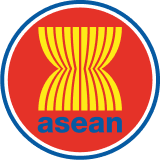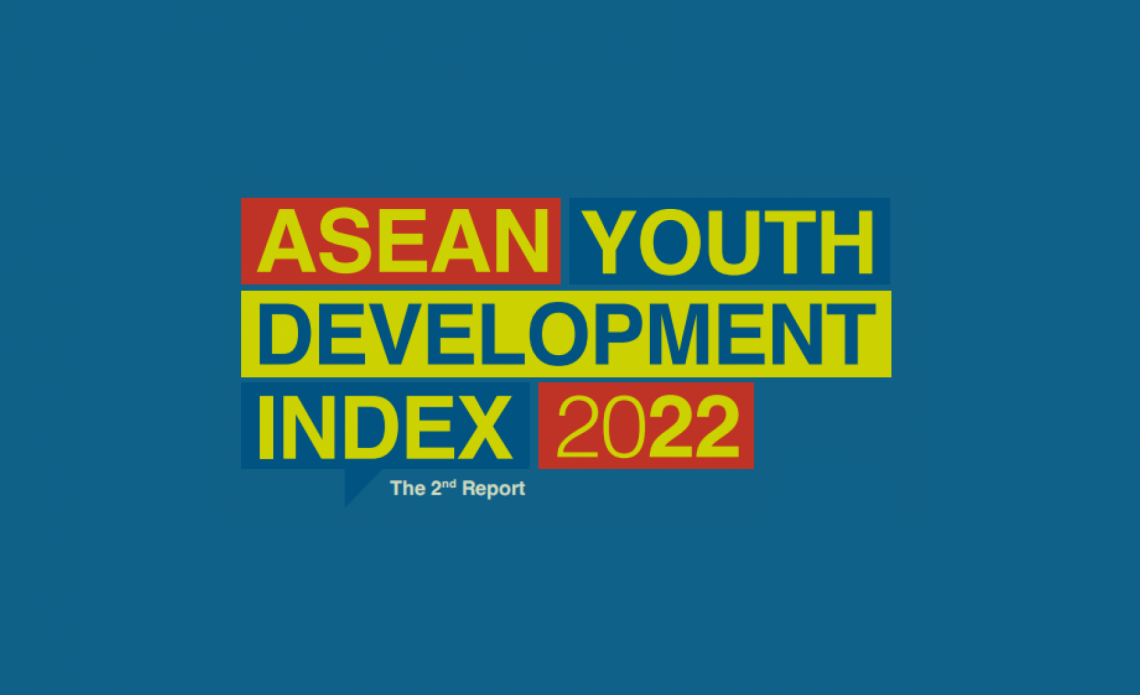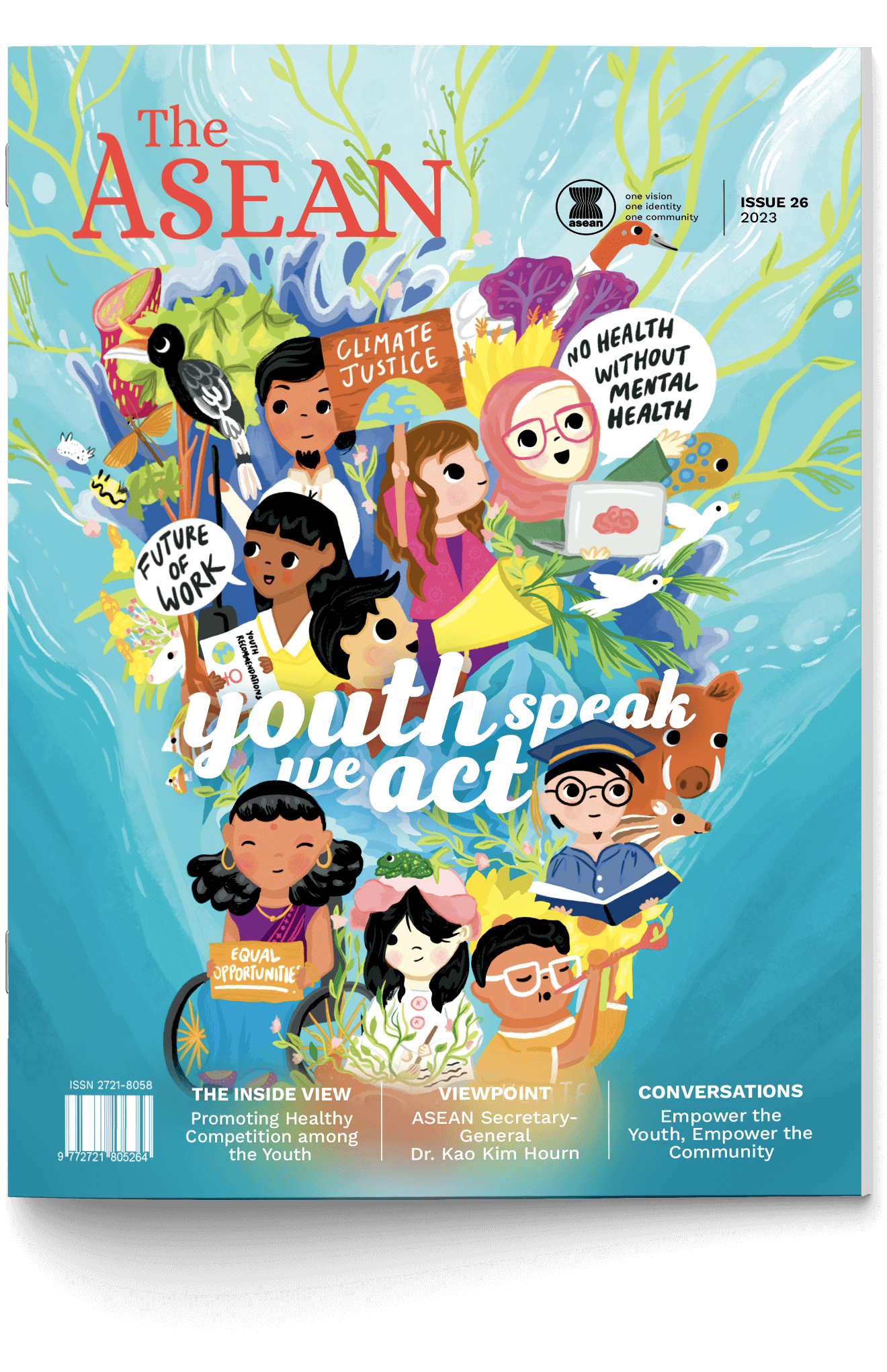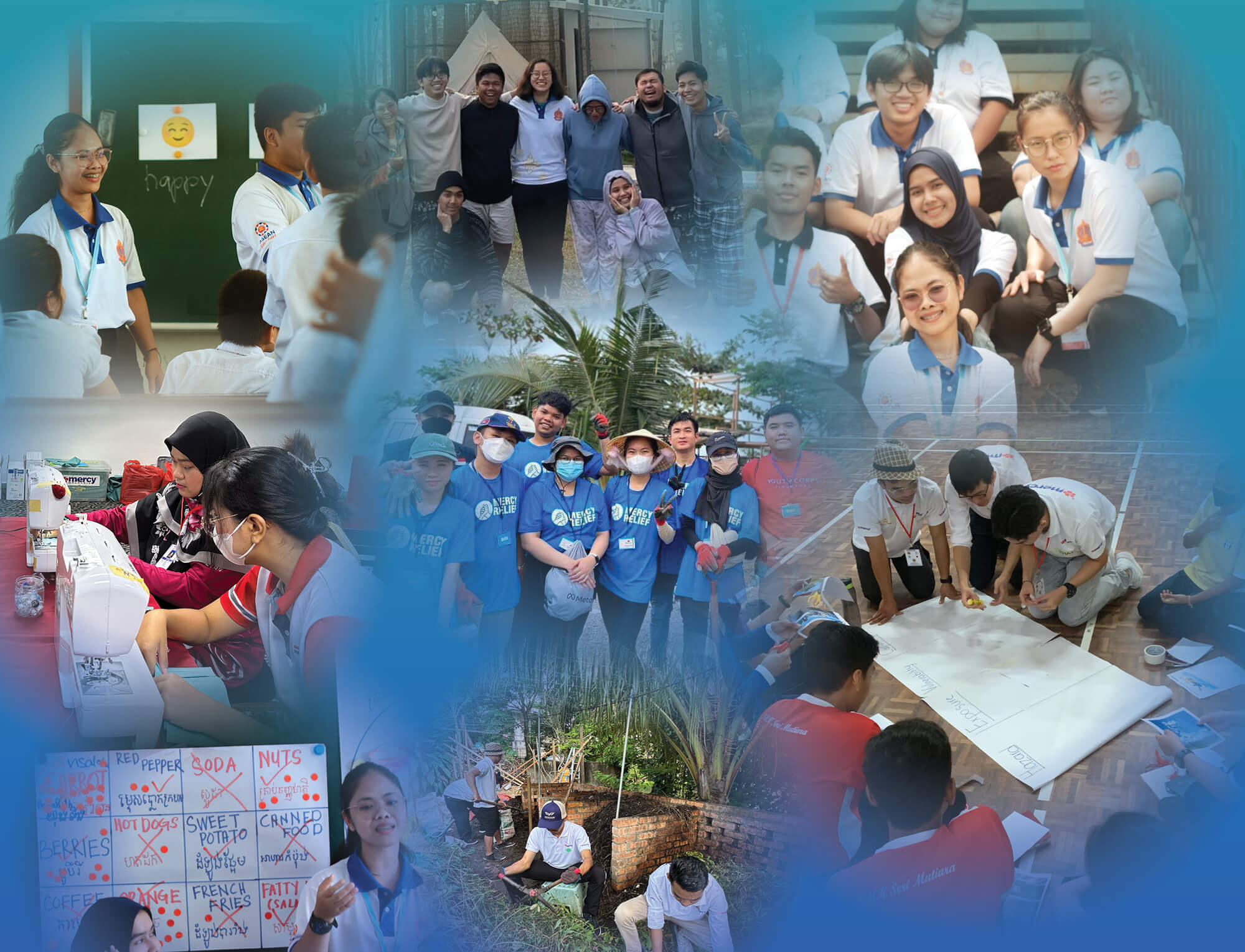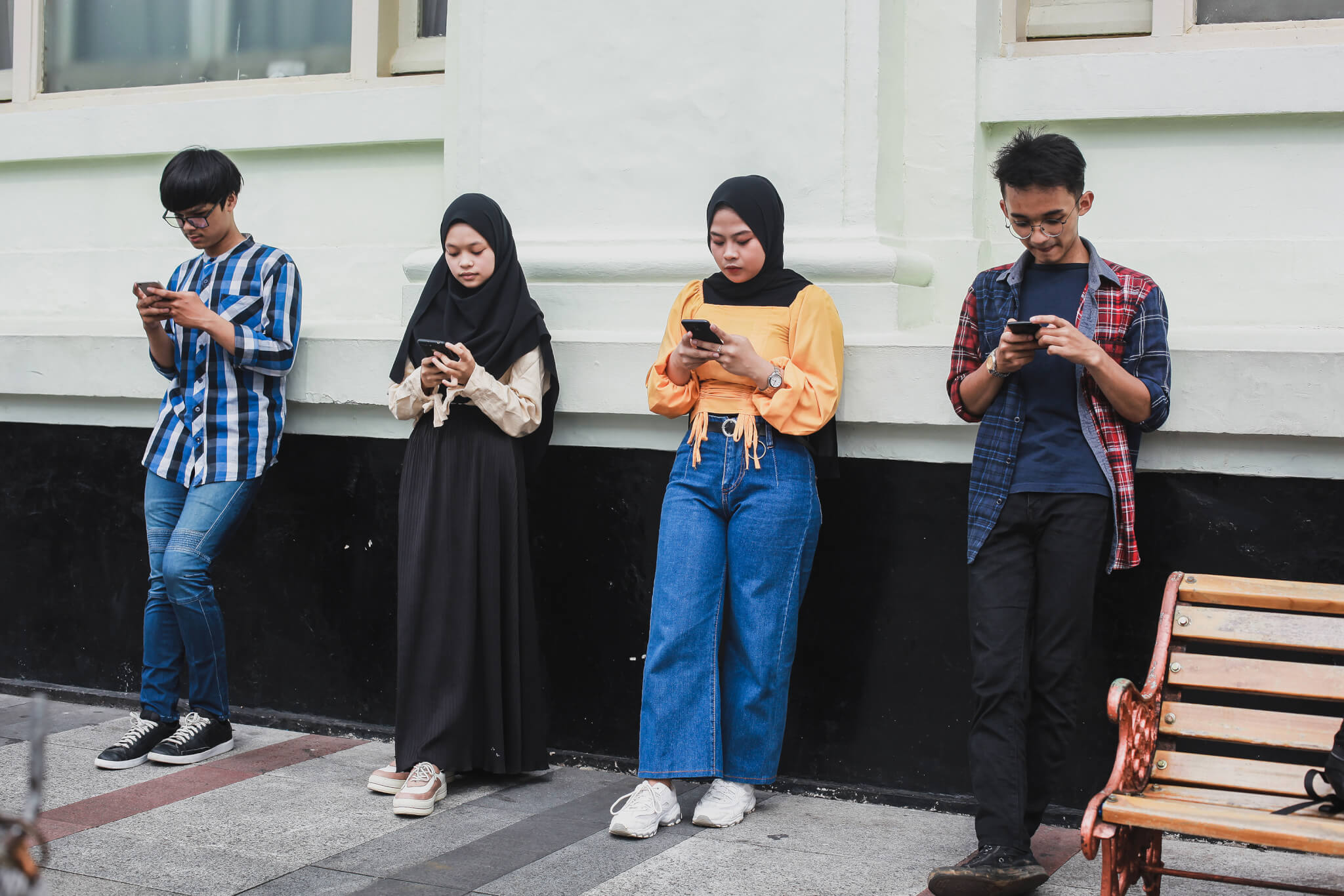


In 2017, the Association of Southeast Asian Nations (ASEAN) adopted the ASEAN Youth Development Index (YDI) through a Declaration at the 31st ASEAN Summit in Manila, Philippines. This marked a significant step towards a data-driven approach to youth development across the region. The YDI serves as a tool to measure progress in nine key areas crucial for young people's well-being: health, education, employment, empowerment, participation, peace, security, sustainability, and identity.
The ASEAN Youth Development Index (YDI) serves as a cornerstone regional initiative for advancing youth development across Southeast Asia. Since its inception, the YDI has undergone two key iterations, each building upon the previous one.
The 1st ASEAN YDI, released in 2017, laid the groundwork for future reports. This initial effort highlighted the critical need for evidence-based policymaking, achievable through reliable data collection on youth development.
It established the YDI framework with five key domains: Education, Health and Wellbeing, Employment and Opportunity, Participation and Engagement, and ASEAN Awareness, Values and Identity. Due to data limitations at the time, the first iteration focused on the first four domains. The report also identified positive trends in education across the region but pointed to areas requiring improvement, particularly Employment and Opportunity for young people. Finally, it acknowledged the need for enhanced data collection at the national level to ensure a more comprehensive picture of youth development in ASEAN.
Building on the foundation established by the 1st YDI, the 2nd YDI, released in 2023, offered a deeper understanding of youth development in the region. This report highlighted improvements in Equity and Inclusion, as well as Safety and Security, across the region from 2013 to 2022. It emphasised the need for increased investment in youth policies and programs related to Education and Skills, particularly considering the disproportionate impact of COVID-19 school closures on women and girls. The 2nd YDI reiterated the continued importance of improved data collection for future iterations to strengthen evidence-based policymaking. The report also acknowledged the significant challenges faced by young people due to the COVID-19 pandemic, with concerns around family health, education disruptions, and mental health being top priorities.
The ASEAN YDI calculates a score for each country between 0 – 1 which indicates the national average, with 0 being the lowest youth development and 1 the highest. It represents the highest possible level of youth development attainable across all indicators.
